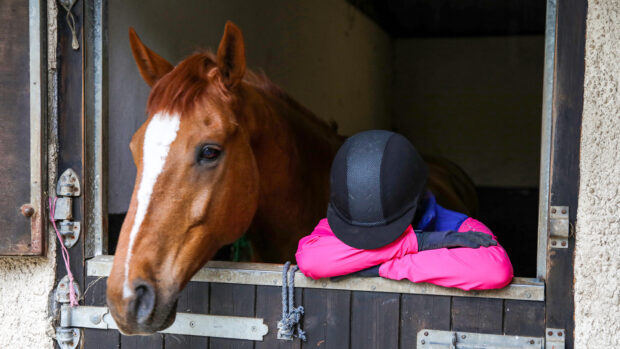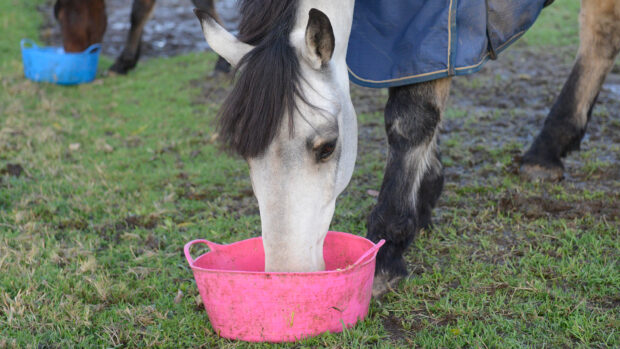Major manufacturers of horse feed have welcomed imminent new EU labelling legislation.
The new laws will force manufacturers to justify any claims they make on packaging.
Katie Williams of Dengie Horse Feeds said: “It’s the less well-informed manufacturers who get away with outrageous claims such as ‘treats’, ‘prevents’ and ‘cures’ — you can’t say a feed will do this.
“The Veterinary Medicines Directorate is supposed to stop false claims. But their actions are always retrospective, so the damage is done.”
Clare Barfoot, research and development manager of Mars Horsecare, described current policy as “patchy”.
“With equine supplements particularly, small players have pushed claims as far as they can,” she said. “I think if policed properly the new laws will benefit horse owners.”
The new legislation will create a guide to good labelling for animal feed. It will mean manufacturers must list all additives, but no longer have to provide percentages for ingredients, which the industry believed gave away recipes.
The EU claims overall market transparency will be improved.
EU health commissioner Androulla Vassiliou said: “This new legislation simplifies and modernises procedures for labelling and marketing.”
But Claire Williams, executive director of the British Equestrian Trade Association, said the law had good and bad points.
“Additives now have to be shown on the packaging and this will take up a lot of room, and some manufacturers — particularly the smaller ones — will be hit if they have to scrap packaging that has already been made,” she said.
“But claims will have to be backed up by declaring which ingredient is producing the claim. So I welcome that clarification — and the removal of the percentage declarations.”
The legislation was endorsed by the European Parliament on 5 February and becomes law on 21 September.
This article was first published in Horse & Hound (10 September, ’09)



